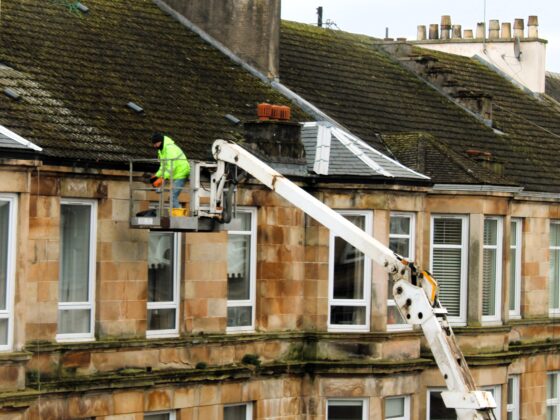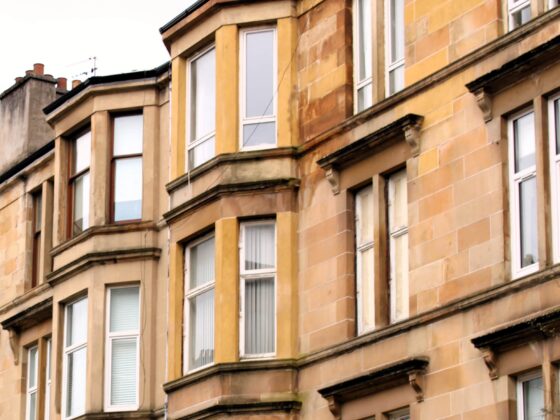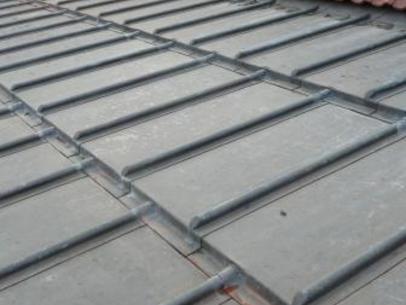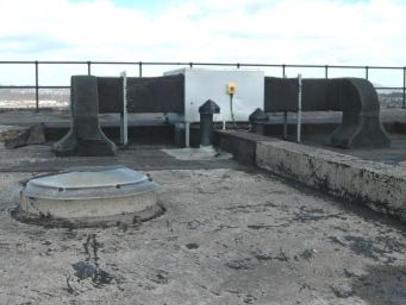Title deeds are often tricky to work through, so it pays to have a checklist and some idea of how your deeds are set out. This information should have been given to you when you bought your flat.
Where you are looking for details of common repairs, look first in the property section and then in the burdens section. You may also find some rules in the ‘Deed of Conditions’.
If you are looking for your building’s rules, these are normally in the burdens section.
The burdens section is almost always difficult to read with many old fashioned and legal terms. It will often contain some interesting history about your building and how it was to be constructed. Your building’s rules will generally be found after this historical part.
If there are any gaps in your title deeds, you will need to do what the Tenements (Scotland) Act 2004 says, but just in that particular respect.
Your deeds will contain definitions:
- which parts of the building are commonly owned (‘Rights in common’)
- common responsibility elements – the ground on which your tenement is built, foundations, external walls, roof, structure, etc.
- mutual responsibility elements – close or stair, or drainpipes serving flats on one side of the building only
- individual responsibility elements – parts serving only one flat, such as chimneys, doors, windows, skylights, vents, etc.
They will also state the management and decision making rules:
- decisions that must be taken by all owners – common repairs, appointing or dismissing a property manager, what authority your property manager of factor will have, etc.
- how decisions should be made – voting rights and rules, rules for calling meetings, what happens if owners do not agree with a decision
- management rules – how owners’ shares are calculated, rules about carrying insurance
- main door flats, shops, etc. with no access to stair – these owners’ responsibilities for cleaning or repainting the stairs etc.
- other rules – allowing access to flats to allow work to take place; ‘servitudes’, rights of access over specific parts of the building or grounds etc.
If you are unsure about anything in your title deeds, seek advice from a solicitor.
Use our building’s rules checklist to note down what your title deeds say.





